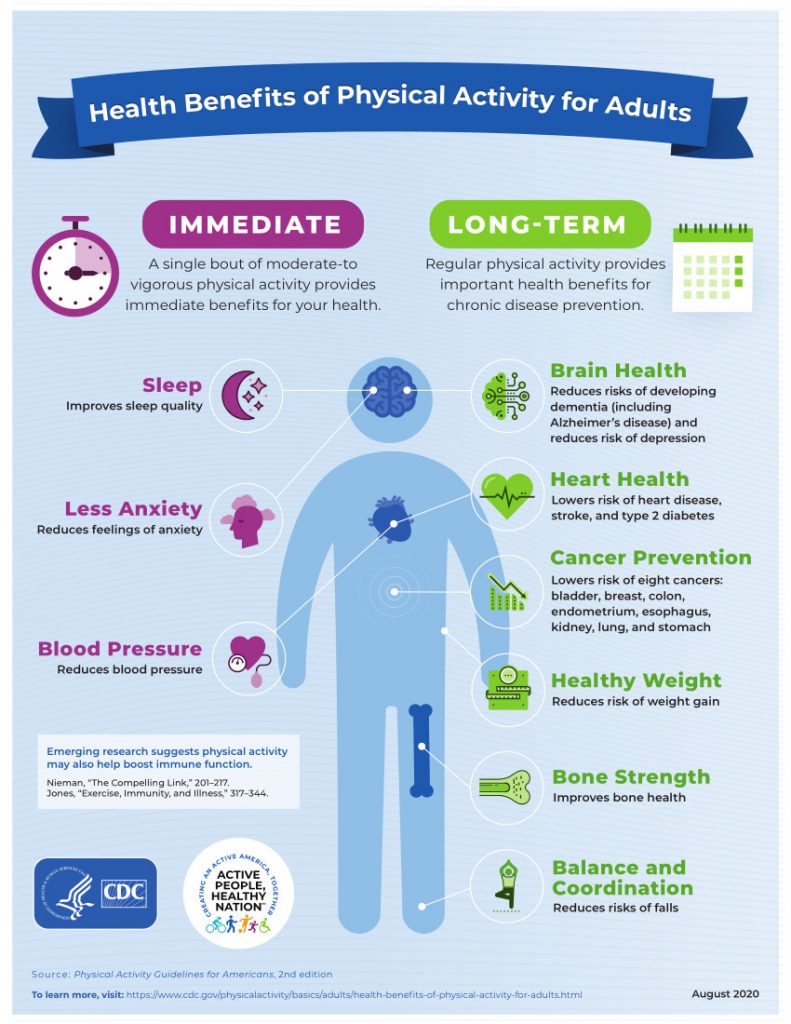Don’t you just love plyometrics? said no one—EVER!
First off, a little education. Plyometrics are a method of torture implemented by coaches and trainers around the world. No, really, this isn’t your grandma’s yoga class. Not that there’s anything wrong with Granny’s yoga, but plyometrics serve a specific purpose that is very different from other types of physical activity. Plyometrics focuses on building speed and strength. It is one of the reasons that running backs are so nimble and make those quick, explosive movements seem so effortless. They’ve trained for it and likely been tortured by a coach.

Plyometrics builds strength and speed through a series of highly explosive, fast movements. Many of the movements focus on the lower body, and someone who isn’t regularly active shouldn’t try these. The potential for injury is greatly increased if you aren’t someone who is physically active. In fact, most mere mortals don’t have plyometrics as part of their regular physical activity. It just isn’t necessary for most of us.
However, if you’re looking to get faster and build strength, this is for you. A word of caution: a short session once a week is a great place to start. And don’t skimp on the warm-up. When you’re getting started, work with an experienced trainer who can show you how to safely jump and land. Start slow and low. Mix a few plyometric moves into your regular workout.
Plyometrics are high intensity and high impact. They work by quickly stretching and contracting muscles. Keep that in mind when making a decision about adding any plyometric exercises to your physical activity routine.
Common Plyometric Activities
- Front (or Side) Jumps
- Side shuffles on a box
- Jump Squats
- Jump Lunges
- Plyo Push-ups
- Plyo Pull-ups
- High Knees
- Single-Leg Skips
If you’d like some examples, check out this video. Plyometric box: not included!
Remember, these aren’t for everyone. They can be a lot of fun if done safely though!
Leave a Reply